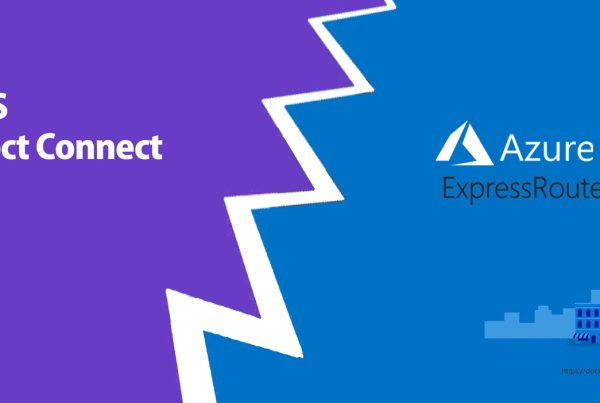Maximizing Bandwidth
The Power of Aggregation for Business Internet
In today’s digital-driven world, businesses require fast, reliable, and scalable internet connectivity to support cloud applications, remote work, and seamless communication. However, a single internet connection may not always provide the speed and redundancy needed for smooth operations. This is where aggregation for business internet comes in—a smart solution that combines multiple internet connections into a single, more powerful link.
What is Internet Aggregation?
Internet aggregation, also known as link aggregation or bandwidth bonding, is the process of combining two or more internet connections to create a higher-speed, more resilient network. Businesses can use multiple broadband, fiber, DSL, or LTE connections to increase overall bandwidth, improve reliability, and ensure uninterrupted operations.
Benefits of Internet Aggregation for Businesses
- Increased Bandwidth and Speed
By aggregating multiple internet connections, businesses can achieve faster speeds than a single provider can offer. This is especially beneficial for companies that rely on high-bandwidth applications like video conferencing, cloud computing, and large file transfers.
- Improved Reliability and Uptime
Aggregation enhances network resilience by ensuring that if one connection fails, the others continue to provide service. This built-in redundancy prevents downtime and keeps businesses operational even during internet outages.
- Load Balancing for Better Performance
Aggregation intelligently distributes network traffic across multiple connections, preventing congestion and ensuring that critical applications get the bandwidth they need. This results in smoother operations, especially for businesses with multiple users or remote offices.
- Cost-Effective Alternative to Dedicated High-Speed Connections
Instead of investing in expensive dedicated fiber or MPLS circuits, businesses can combine multiple affordable broadband connections to achieve similar performance at a lower cost.
- Seamless Cloud and Remote Work Support
With many businesses relying on cloud-based tools and remote employees, a robust internet connection is essential. Aggregation ensures that cloud applications, VoIP calls, and remote work setups run efficiently without interruptions.
How to Implement Internet Aggregation
To take advantage of internet aggregation, businesses need:
- Multiple Internet Connections: Combining fiber, broadband, LTE, or DSL from different providers ensures redundancy.
- A Multi-WAN Router or SD-WAN Solution: These devices manage multiple connections, distribute traffic efficiently, and provide failover capabilities.
- Managed Aggregation Services: Businesses without in-house IT teams can use a managed service provider to set up and maintain their aggregated internet solution.
For businesses seeking higher speeds, better reliability, and cost-effective connectivity, internet aggregation is a powerful solution. By combining multiple connections into a seamless network, companies can reduce downtime, enhance performance, and future-proof their operations. Whether you’re a small business or a growing enterprise, aggregation can help ensure uninterrupted internet access to support your critical business needs.




